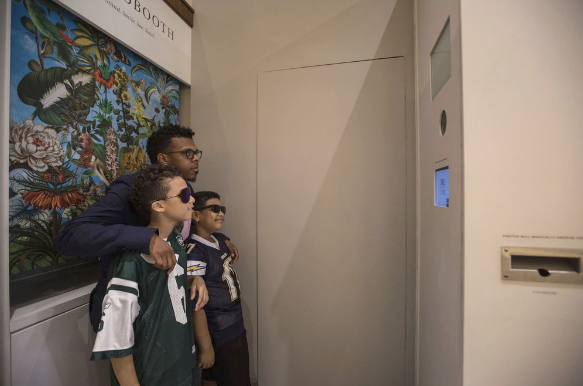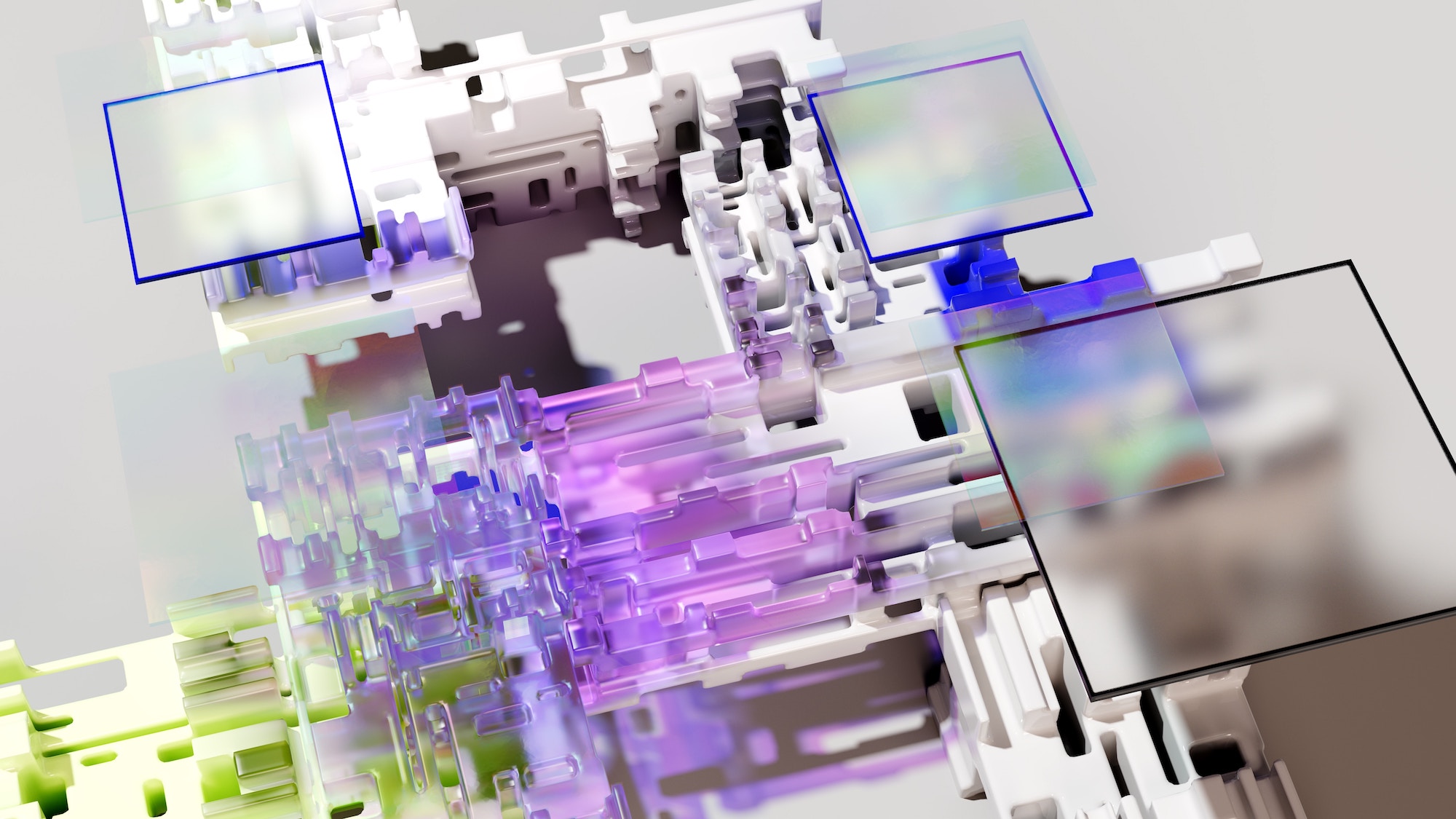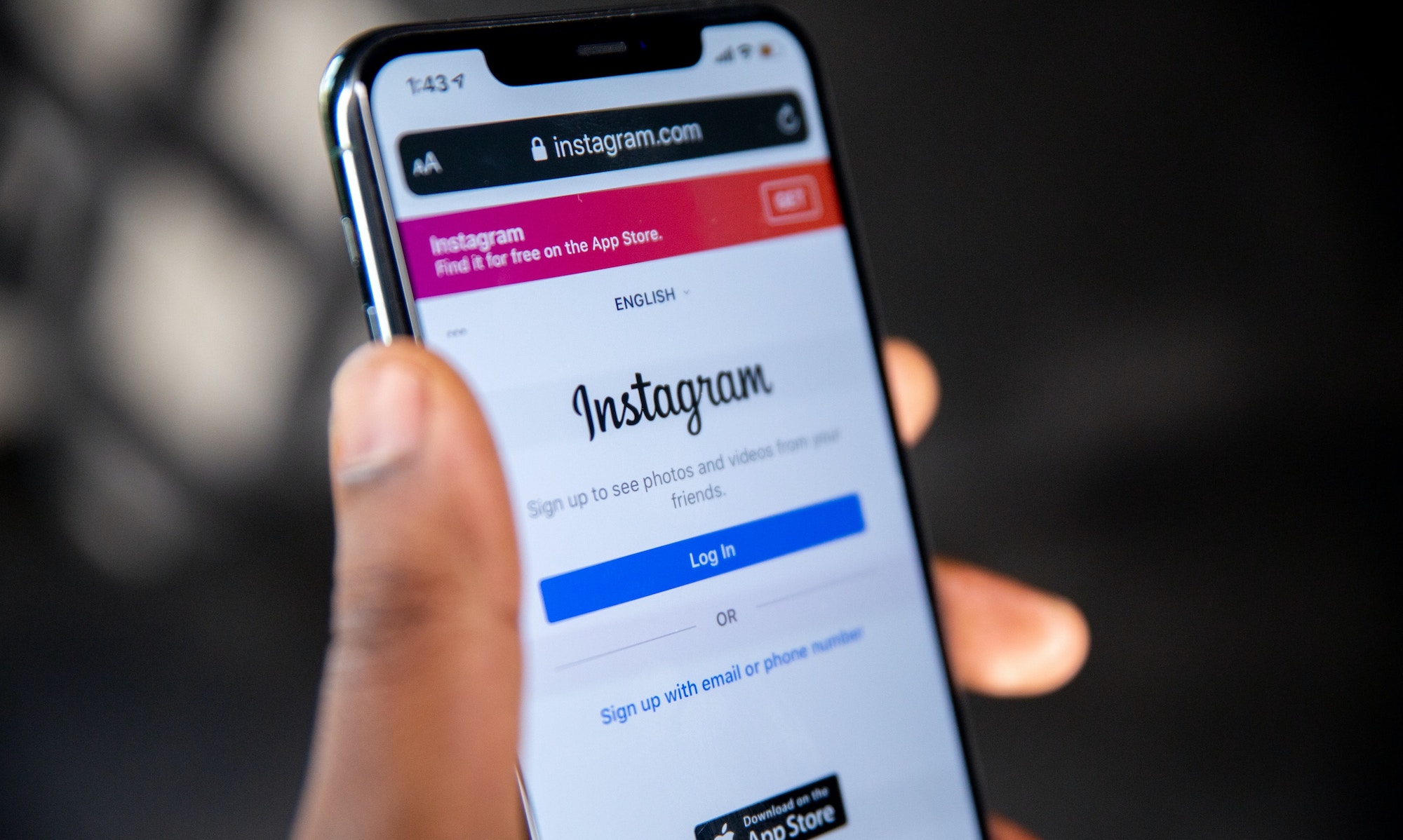How retailers can help customers create powerful, organic user-generated content in-store

Massive-scale living walls; dressing rooms set up like photo booths; in-store displays that belong in an art museum.
To attract foot traffic and inspire user-generated content (UGC), retailers are dreaming up visual environments they hope will become can’t-miss photo opps. These visual environments focus on young social media users like Millennials and Gen Zers, who often rely on social networks for discovering new brands, products, and experiences.
For Cha Cha Matcha, a chain of specialty matcha tea shops in New York City and Los Angeles, it’s all about color, style, and Instagrammability. The Cha Cha Matcha brand is chock-full of vibrancy, energy, and photo-worthy style from its in-store design and marketing to the products it serves.

And their customers drink it right up.
For proof, check out the brand’s tagged photos on Instagram, where a consistent stream of stylized posts from users is shared, which undoubtedly boosts brand engagement and awareness.
However, their neon color-block aesthetic wasn’t created on a whim.
After stepping into a Cha Cha Matcha store, it’s hard not to want to share photos of the beautifully-designed store. Customers want to show off the picture-perfect matcha latte art they ordered. And they want others to know it’s a desirable place to visit.
Their stores were intentionally designed to be Instagram-worthy for a “phones eat first”—or in this case, drink—generation.
"Cha Cha Matcha went above and beyond to create an environment that invited customers to share where they were and what they were drinking. The drinks were made with a visual aesthetic as a priority, and even the cup art is designed by Virgil Abloh. They just created an environment people want to share with heavy enthusiasm."-Nik Sharma, Sharma Brands


Instagram / Instagram
How UGC sparks brand engagement
Cha Cha Matcha is capitalizing on something previously realized in a Sprout Social Index report—75% of consumers are willing to share a positive experience with a brand on social media.
Creating visually-stimulating in-store experiences boosts that likelihood even more. An aesthetically-pleasing and on-brand store design, installation, or product not only attracts the eyes of passersby, but it encourages visitors to share their experience with others on social media.

Brands that inspire and encourage UGC are guiding consumers toward a growing societal inclination to share where they go and how they spend their time and money. This type of in-store UGC strategy has been ramping up in recent years, with an eye on shoppers who lean on social networks for product and brand discovery.
However, it turns out you don’t always need a bright, eye-catching in-store experience to encourage customers to create social share-worthy content. Sometimes, your products can set the stage for you.
Customers have been spilling into craft stores like Michael’s and Hobby Lobby since the viral #HobbyLobbyChallenge and #MichaelsChallenge took off in 2018. The challenge? Take professional-looking pictures in front of troves of fake flowers and greenery.

Then 22-year-old Kelsey Maggart of Columbia City, Indiana, is credited with originating the “Hobby Lobby Challenge,” to which Michaels jumped in with their spin — #MichaelsChallenge.
This is an excellent example of how one customer’s creativity sparked a buzz-worthy social media craze—and a ton of brand awareness. These craft store giants now have a stockpile of user-generated content they can repurpose in their marketing campaigns.
UGC: authentic, trustworthy, and influential
Consumers trust user-generated content. It’s perceived as authentic, and authenticity has become increasingly important to shoppers across the board.
Whether looking at images, videos, or written reviews on sites like Yelp or Google Reviews, consumers pay attention to this kind of content. Big time.
A Stackla survey published in 2019 found that 86% of consumers say authenticity is important when deciding which brands to support. What’s more, consumers are 2.4 times more likely to view UGC as authentic than brand-generated content.

User-generated content is a massive opportunity for brands to engage consumers in more ways than one. It’s something customers are doing on their own already, so, as a brand, why not set yourself up to be part of the conversation?
When brands invest in visually-based UGC opportunities, they’re capitalizing on a massive and evolving opportunity among coveted younger consumers.
According to Stackla, 79% of consumers say that UGC impacts their purchase decisions. What’s more, a Pew Research study on social media use in the United States reiterates that Millennials and Gen Zers place a high value on visual expression and content creation above other forms based on their Instagram and Snapchat use.
Dress up your dressing rooms
Brands large and small have been exploring visual UGC opportunities for years. Their efforts have come to life in various creative ways, including dressing rooms for clothing retailers.
Menswear brand Mack Weldon worked with a design firm to create an elaborate, 12-foot tall art installation for its dressing room walls. The art installation displays painted-white clay-molded versions of their products, showcased as if in an art gallery. The permanent fixture has been up since 2019, along with other artistic design elements now living in-store at its Hudson Yards location.


Not all brands pour significant budget into their dressing rooms or other spaces yet can still create viral or hyper-shareable moments for users. Aerie, for example, transformed its dressing rooms into Instagram-worthy spaces with a bit of positive thinking and some Post-Its.
This in-store experience encourages customers trying on items in dressing rooms to write inspiring messages on Post-It notes and stick them on the mirrors. It’s an effort to spread positivity while driving home one of the brand’s major positions: inclusivity and body positivity.

As the photos accumulate, so do the positive messages. But so too does the awareness of Aerie clothing, its in-store experience, and its overall focus on building people up through positive messaging.
Create can’t-miss in-store visual experiences
Like the Mack Weldon example above, many brands use their stores as physical spaces to engage with customers in new and exciting ways.
Skincare and beauty brand, Glossier, created a dreamy in-store photo display called Glossier Canyon. Although this particular space has since closed, it was an experience made for all visitors to feel beautiful and allow them to capture their looks on camera to share with the world—all while generating brand buzz.

The canyon exhibit included Glossier’s signature neutral aesthetic, making for a unique yet on-brand in-store experience.
Menswear brand Aime Leon Dore also wanted to create a space for all visitors to feel welcome and part of their brand. The store launched a small cafe attached to its clothing boutique in New York City.
The beautiful shop and cafe duo creates an atmosphere that attracts foot traffic with the goal of keeping those wandering feet in the store for a while. It encourages visitors to slow down, have a cup of coffee, take some photos, and, of course, do some shopping.


The power of interactive UGC spaces
For an in-store experience focused on product interaction, eyewear brand Warby Parker placed photo booths in stores so customers could take pictures of themselves wearing different frames.
With a click, the photos could be posted to Twitter and sent via email for real-time feedback on which pair to purchase. This made for a fun way for customers to choose a pair of glasses, while Warby Parker generated social media engagement and brand recognition. A win-win.

And it’s not just Warby Parker utilizing the photo booth. Brands like Urban Decay and Topshop also leverage this interactive trend and integrate it into their in-store experiences.
All brands (big or small) can count on UGC
A UGC strategy is for all brands, no matter the size. Even with a small budget, it’s possible to get creative about fostering, curating, and utilizing original content from your audience.
To get started, find the channels your customers are using and figure out a way to make your in-store experience interactive.
Photo booths, Instagrammable walls, and art installations are just some of the ways to evoke UGC but don’t be afraid to let your creativity and brand essence shine.















.jpg)







.jpg)
.jpg)
.jpg)
.png)



.png)
.jpeg)


























































.jpg)




















